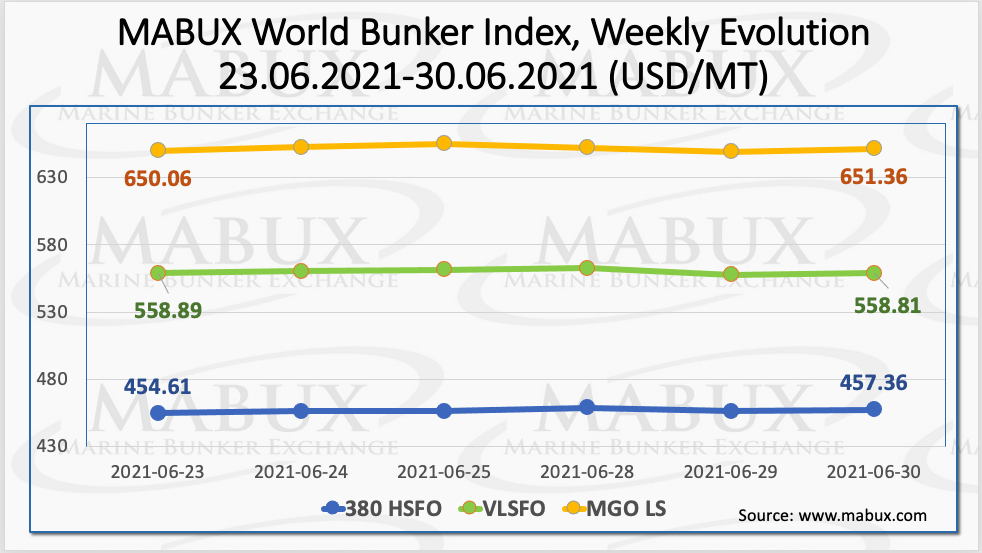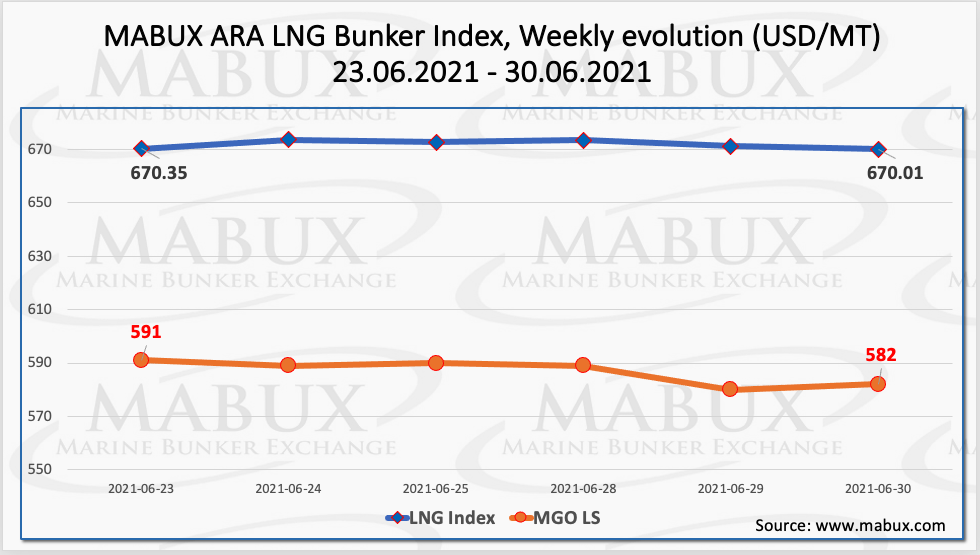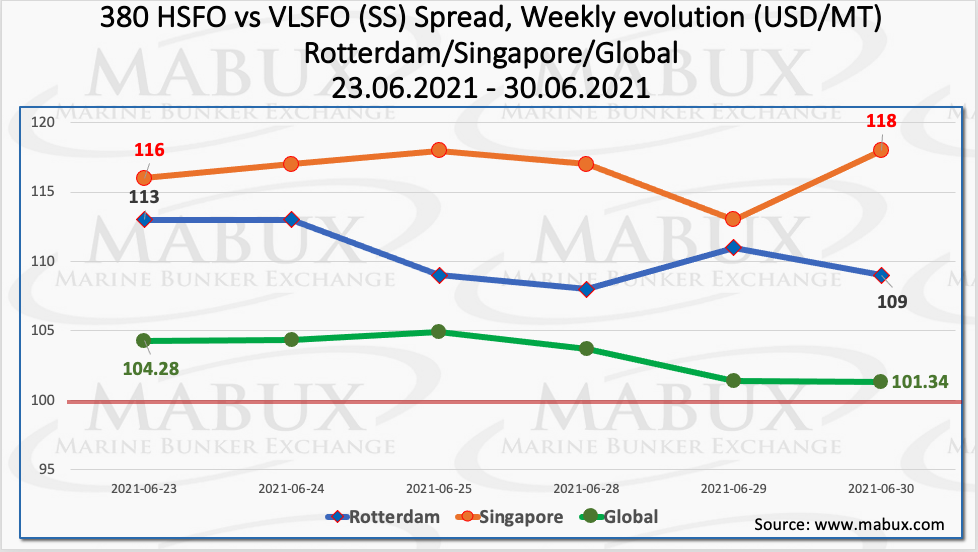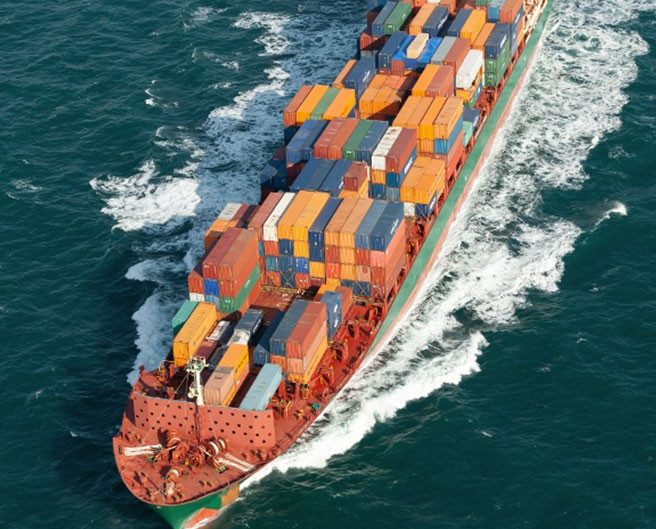Ammonia as a marine fuel has a high potential for climate protection if nitrous oxide generated during the combustion is eliminated, according to a study by the German environmental group Nature And Biodiversity Conservation Union (NABU).
The study found that, from an air pollution angle, ammonia is “recommendable” if harmful nitrogen oxide emissions are also addressed, while from a safety perspective, “strict” regulations are required to prevent leakage owing to the highly toxic nature of the fuel.
The study also found that even if ammonia is not widely used as a fuel in shipping, investments in ammonia infrastructure will not be stranded assets as ammonia will play an important role in the decarbonisation of other sectors in the hydrogen economy.
“The ‘timely’ financial and legal promotion of green ammonia production under the necessary environmental and safety requirements would therefore be a ‘no-regret decision’ for climate protection in contrast to today’s decisions for LNG use and infrastructure,” said NABU.

Meanwhile, during week 26, MABUX World Bunker Index did not show significant changes. The 380 HSFO index rose to US$457.36/MT, the VLSFO index decreased slightly to US$558.81/MT, while the MGO index increased to US$651.36/MT.

Additionally, European gas market prices have rallied during the last two weeks, according to the MABUX report.
Summer gas prices reached record levels on lower supply of gas and demand for storage injections. MABUX ARA LNG Bunker Index, the average price of LNG as a marine fuel in the Amsterdam Rotterdam Antwerp (ARA) region, remained practically unchanged from 23 to 30 June, slightly down to US$670.01/MT.

At the same time, the average value of the LNG Bunker Index rose by US$39.34 compared to the previous week. The average price for MGO LS in Rotterdam has decreased by US$9/MT during the same period. Meantime, the average price difference between bunker LNG and MGO LS in Rotterdam increased to US$85.06.
Furthermore, the average weekly Global Scrubber Spread (SS), the difference in price between 380 HSFO and VLSFO has not changed during the week and is at US$103.33.
At the same time, the average value of SS Spread in Rotterdam increased to US$110.50, while in Singapore, the average SS Spread has not changed and remained at US$116.50.

Moreover, the correlation of MABUX MBP Index (Market Bunker Prices) vs MABUX DBP Index (MABUX Digital Benchmark) in the four global largest hubs during the past week showed that 380 HSFO fuel remained undervalued in all four selected ports.
VLSFO fuel, according to the MABUX DBP Index, was also underestimated in all four selected ports, while for MGO LS, MABUX DBP Index has also registered an undercharge of this grade at all selected ports ranging.








